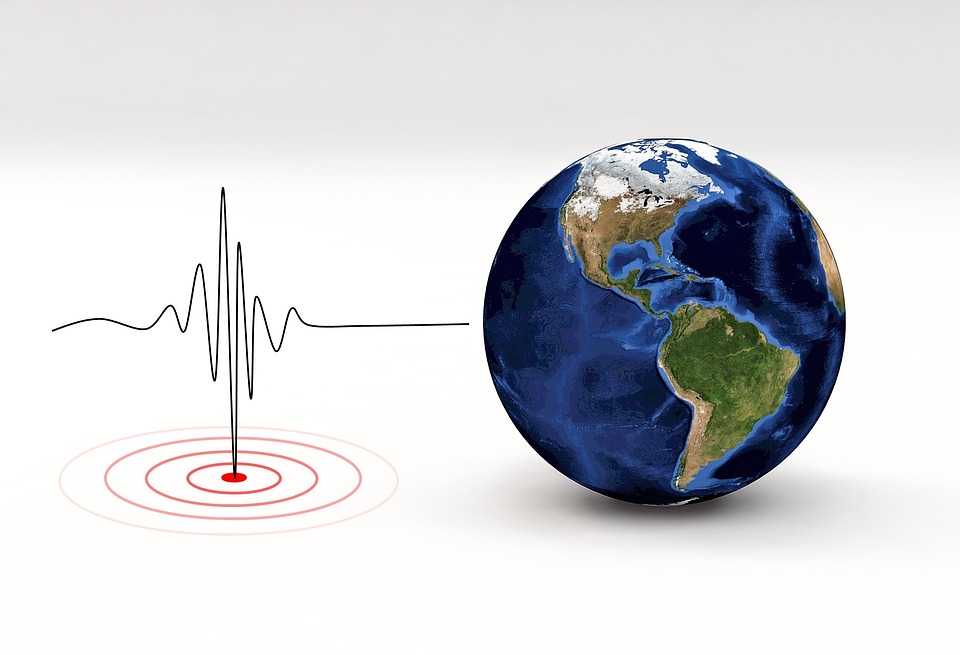November 2024 – A swarm of 500 earthquakes has been recorded at Teide volcano on the island of Tenerife, part of Spain’s Canary Islands, raising concerns among scientists and local authorities. The seismic activity, which occurred between 04:00 and 07:20 UTC on November 14, 2024, was centered in the Las Cañadas del Teide area, southwest of the Pico Viejo crater. Although the quakes were all microearthquakes with magnitudes below M1.1, the high frequency and regularity of the tremors have attracted attention, as such events can sometimes signal changes in volcanic activity.
The tremors, while not strong enough to cause significant ground shaking or damage, mark the latest episode of anomalous microseismic activity at Teide, one of the most active volcanoes in the Canary Islands. This is the second earthquake swarm in recent months to be recorded at the site, heightening interest in the region’s volcanic monitoring efforts.
Seismic Pattern and Characteristics
The swarm began with 10 initial earthquakes registering magnitudes below M1.1, occurring at depths between 8 – 12 km (5 – 7.5 miles). These small tremors were followed by a sequence of hundreds of microearthquakes that occurred at nearly regular intervals, resembling what is known as a “drumbeat” pattern. This type of seismic activity often suggests that pressure is building up beneath the surface, though it can also be a characteristic of volcanic processes such as hydrothermal activity or magma movement.
In total, 500 microearthquakes were recorded during the event, most of which were too small to be detected by traditional seismic monitoring systems. Some of the tremors were not included in the official data from the Instituto Geográfico Nacional (IGN), Spain’s national geological institute, due to their low magnitude and weak seismic parameters.
Despite the small size of the quakes, experts note that the regularity and prolonged duration of the swarm are notable. The high-frequency signals recorded during the event further indicate unusual seismic behavior, which can sometimes suggest that volcanic processes, such as the upward movement of magma or the fracturing of volcanic rock, might be occurring at depth.
Volcanic Context and Monitoring Efforts
The Teide volcano (elevation 3,718 meters / 12,198 feet) is an active stratovolcano located on Tenerife, the largest of the Canary Islands. Although it has not erupted since the early 20th century, Teide remains a significant volcanic threat due to its location in a densely populated area and its geologically active nature. The Canary Islands, situated in the Atlantic Ocean, are part of a volcanically active region where earthquake swarms and volcanic activity are not uncommon.
Seismic events like these are regularly monitored by the Canary Islands Volcanic Emergency Plan (PEVOLCA), which coordinates responses to potential volcanic threats. The region is also overseen by the Instituto Geográfico Nacional (IGN) and other local monitoring stations that keep track of seismic, volcanic, and geothermal activity. The monitoring network on Tenerife includes advanced systems such as GPS, seismometers, and helium and gas sensors, all of which help to detect and analyze seismic events and possible volcanic unrest.
While small earthquake swarms are often part of normal volcanic behavior, especially in active volcanic regions, scientists remain vigilant for signs of more significant changes, such as increased seismicity, ground deformation, or gas emissions, which could indicate the potential for an eruption.
Potential Implications and Public Awareness
Although the 500 quakes in this recent swarm were of low magnitude and did not cause significant damage, the occurrence of earthquake swarms in volcanic areas is often viewed as a precursor to more intense activity. The regularity of the tremors and the duration of the seismic event have prompted local authorities and the scientific community to continue closely monitoring the situation.
The Canary Islands Volcanic Emergency Plan (PEVOLCA) has not issued any immediate alerts, and there have been no reports of significant changes in volcanic behavior. However, these types of seismic events can sometimes precede volcanic eruptions, and experts will be watching for any signs of magma movement or other indicators of increased activity.
In recent years, Tenerife has become a hub for volcanic tourism, with visitors traveling to the island to explore Teide National Park and the iconic volcanic landscape. Local authorities have emphasized the importance of staying informed about volcanic risks, urging residents and tourists to monitor updates from official sources and follow safety guidelines in case the situation escalates.
Conclusion
The 500 microearthquakes detected at Teide volcano serve as a reminder of the ongoing seismic and volcanic activity in the Canary Islands, one of the most geologically active regions in Europe. While the current activity does not indicate an immediate eruption threat, the high frequency and regular intervals of the tremors warrant continued monitoring by scientists and authorities. With Tenerife’s proximity to populated areas, understanding the nature of these swarms and any underlying volcanic processes will be crucial for both the scientific community and the public to stay prepared.
References:
- Instituto Geográfico Nacional (IGN), 2024. “Teide Earthquake Swarm Detected in Las Cañadas del Teide.” IGN Official Website
- Reuters, 2024. “500 Earthquakes Detected at Teide Volcano in Tenerife, Canary Islands.” Reuters Report
- PEVOLCA, 2024. “Canary Islands Volcanic Emergency Plan.” PEVOLCA Official Website



